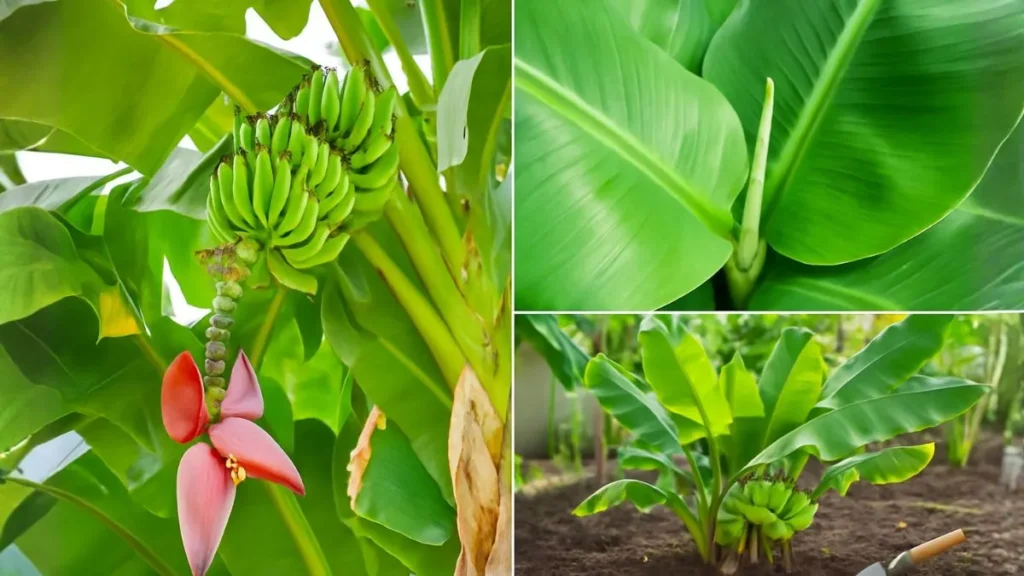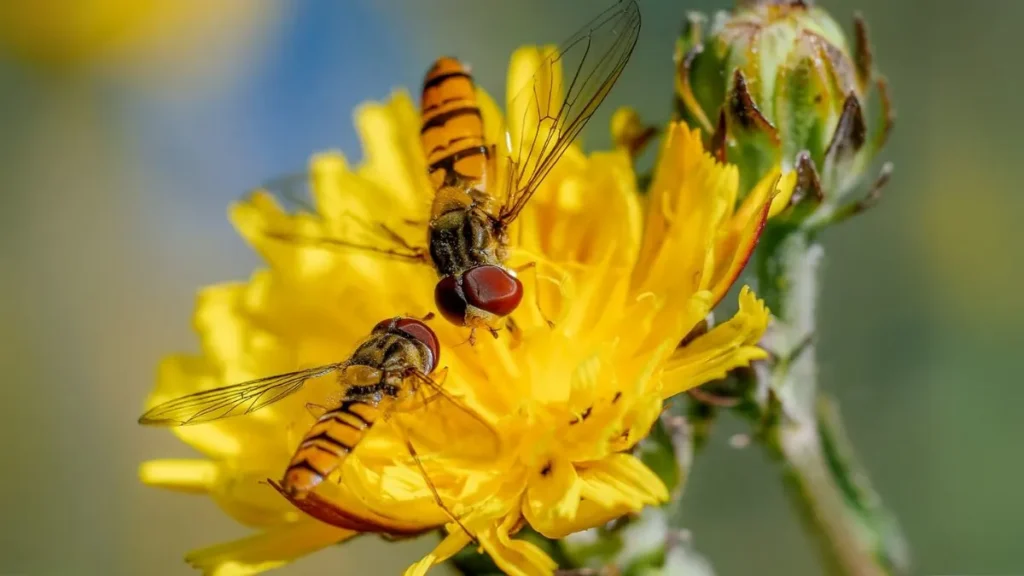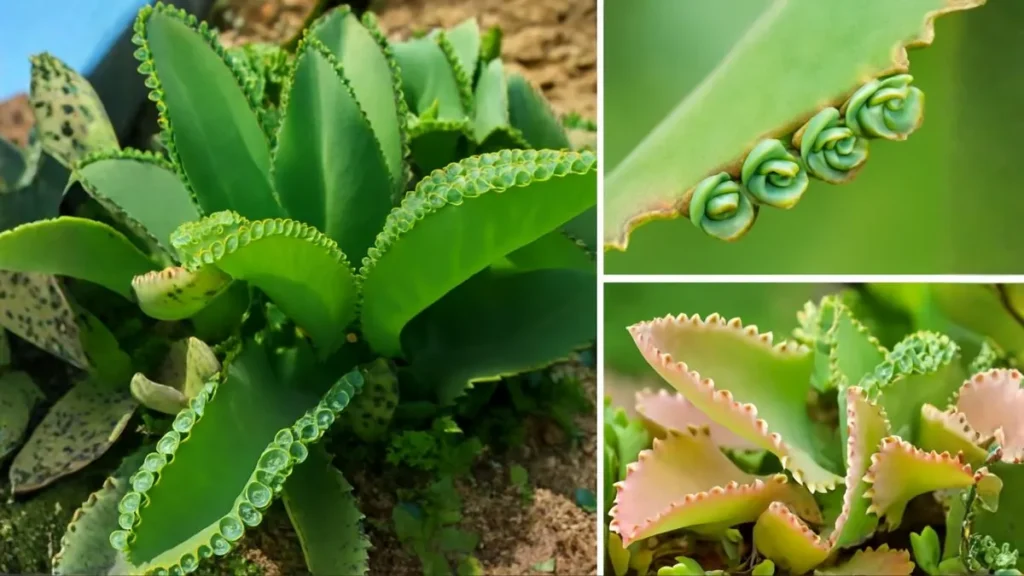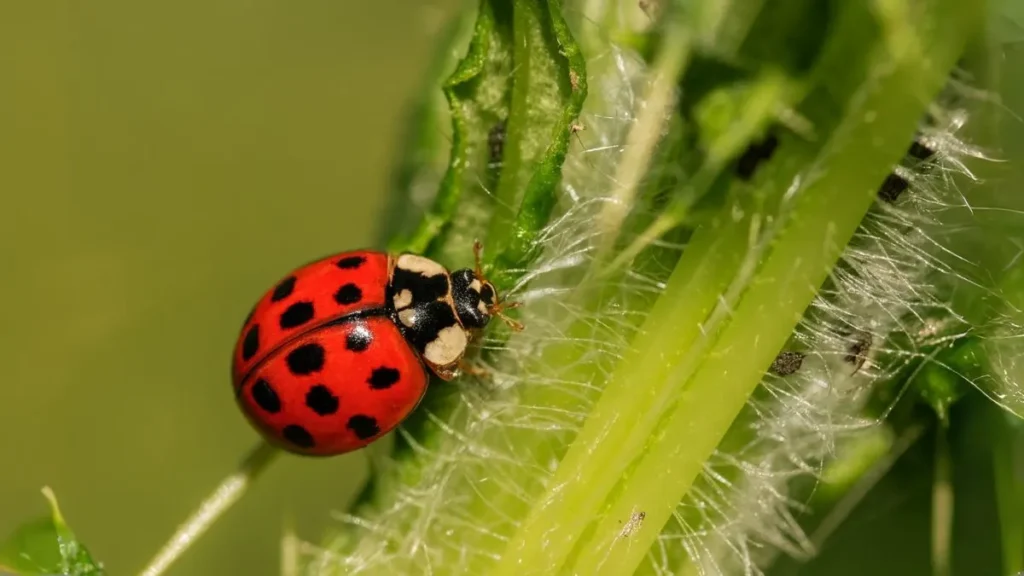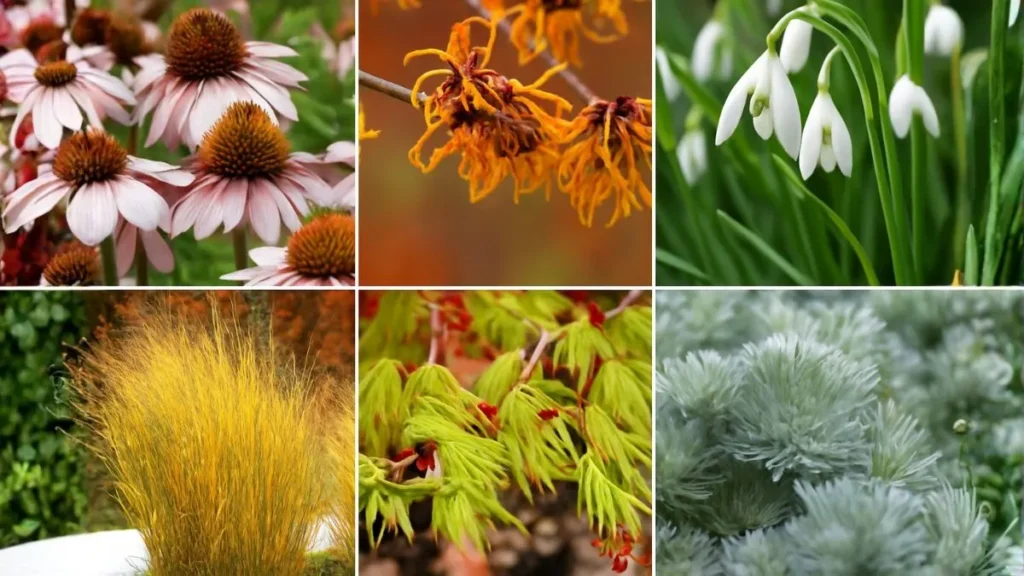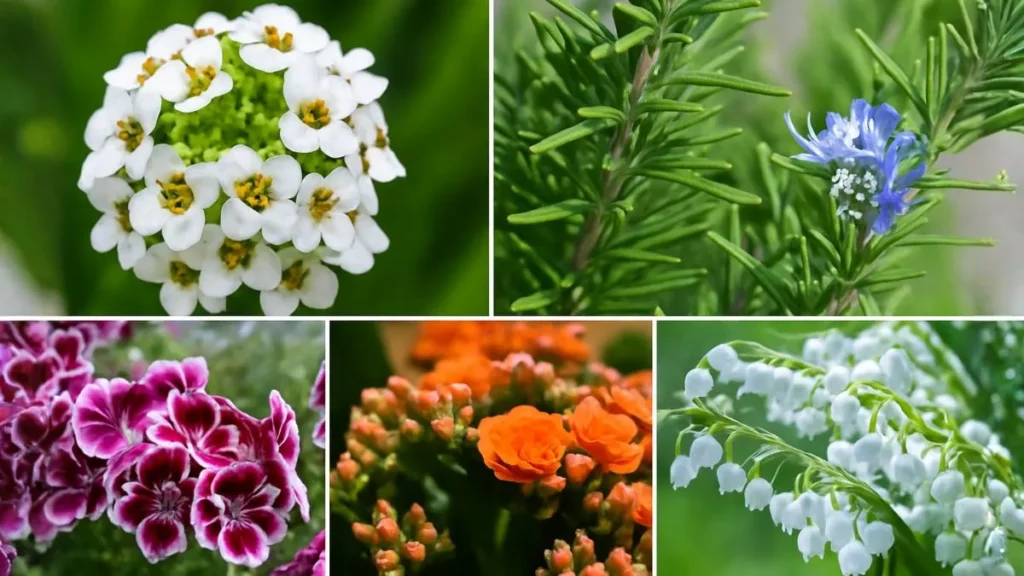There’s something magical about stepping onto a fresh, soft, and vibrant green lawn. Whether you’re in Canada, the USA, or anywhere else, the secret to that picture-perfect yard starts with grass seeding done right. But here’s the truth — it’s not just about throwing seeds and hoping they grow. The real magic lies in knowing when to seed, how to seed, and what type of grass to choose.
In this guide, I’ll share updated facts, expert advice, and a few personal tips that have helped me turn patchy yards into lush green carpets.
When is the Best Grass Seeding Time?
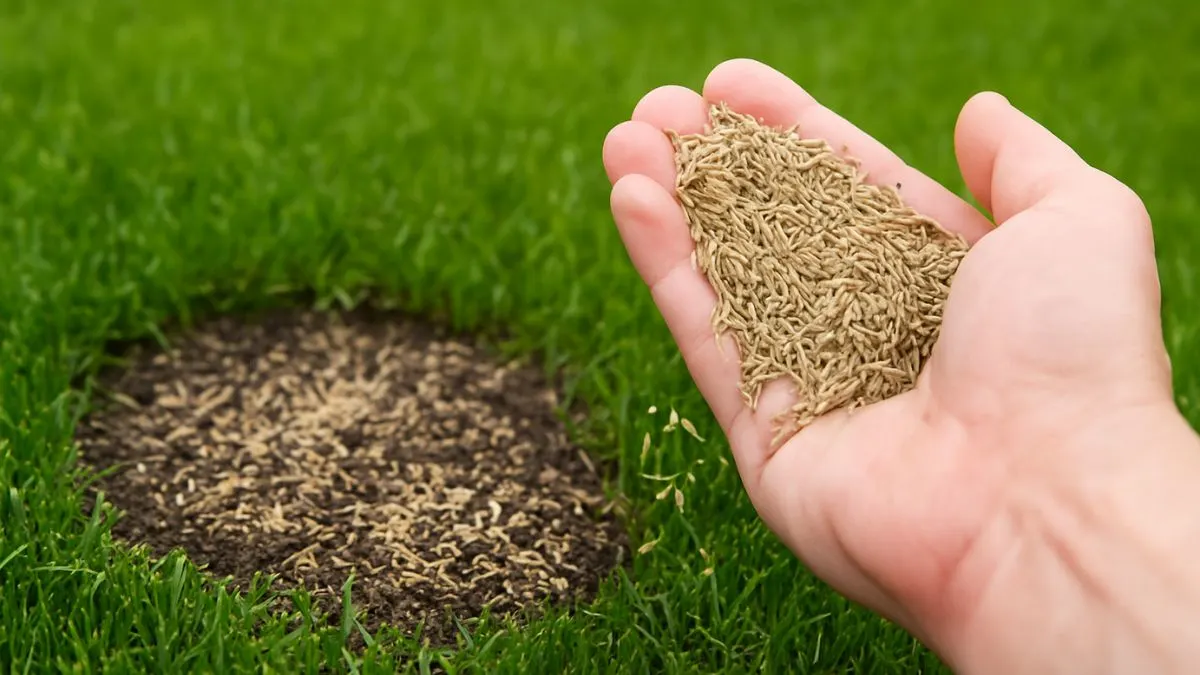
If you want your lawn to establish quickly and stay healthy, timing is crucial. The ideal grass seeding time depends on your region’s climate:
- Cool-season regions (like Canada and northern USA): Early spring or early autumn works best. In spring, seeds get a head start before summer heat. In autumn, they have time to develop strong roots before winter frost.
- Warm-season regions (like southern USA): Late spring to early summer is perfect, when soil temperatures are warm enough for germination.
Seeding during mild weather ensures that the soil stays moist longer, promoting faster sprouting and stronger roots.

How to Plant Grass Seed the Right Way
Getting the basics right makes all the difference. Whether you’re learning how to plant grass seed on existing lawn or starting fresh, the steps remain similar.
- Step 1: Prepare the Soil
Loosen compacted dirt, remove weeds, and rake to create a smooth surface. If planting on hard dirt, aerate first so seeds can settle deep into the soil. - Step 2: Moisture Matters
Putting seeds down on damp soil encourages faster germination. I always water lightly before seeding — it makes a noticeable difference. - Step 3: Even Coverage
Choose a method based on your lawn size: - Hand broadcasting for small patches
- Spray grass seeding for medium to large lawns
Spreaders for quick, uniform application - Step 4: Seeding Rates
Follow the recommended rate for your grass variety. Over-seeding wastes seed, and under-seeding creates thin, patchy lawns.
Also Read: Grow Big Basil in a Pot – Step-by-Step Guide for a Lush Harvest
Grass Seeding Tips for Better Results
Over the years, I’ve learned a few grass seeding tips that work every single time:
- Keep the soil moist at all times until the grass is established.
- Water lightly but frequently — not deep, infrequent soaks.
- Avoid walking on newly seeded areas until the grass is well-rooted.
- Use a starter fertilizer to speed up germination.
- Mow for the first time only when grass reaches about 3 inches tall.
Choosing the Right Grass Type
Not all lawns are the same — your region, soil type, and maintenance level decide which grass will thrive.
- Kentucky Bluegrass Seeding
Perfect for cooler climates like Canada and the northern USA. It spreads quickly, creating a dense, lush turf. Ideal for high-traffic lawns. - Centipede Grass Seeding
Best for warm, sandy soils in the southern USA. Low-maintenance, slow-growing, and naturally weed-resistant.
Special Seeding Scenarios
Different situations call for different approaches.
- How to Plant Grass Seed in Bare Spots: Loosen the soil, mix in compost, and seed generously. Keep moist until established.
- How to Spread Grass Seed Without Spreader: For small areas, hand-broadcast in overlapping passes for even coverage.
- Plant Grass Seed Before or After Rain: Before light rain is great — it helps seeds settle. Avoid heavy rain as it can wash seeds away.
- Hydroseeding: A professional method that mixes seed, fertilizer, mulch, and water into a slurry, sprayed evenly. Ideal for large areas or erosion-prone slopes.
Also Read: 6 Perennial Herbs for Endless Harvest
Grass Seeding on Existing Lawn
If your lawn is thinning, overseeding can bring it back to life. Mow your grass short, rake away debris, and sow seeds directly into the existing turf. Water regularly for at least 3–4 weeks.
Grass Seeding on Dirt
If you’re starting from scratch, here’s how to plant grass seed on dirt:
- Break up compacted soil.
- Rake smooth and remove stones.
- Spread seed evenly.
- Lightly rake again to cover seeds with a thin soil layer.
- Water daily until sprouting.
Grass Seeding Table for Quick Comparison
Method |
Best For |
Cost |
Speed of Results |
Traditional Seeding |
Small to medium lawns |
Low |
Moderate |
Spray Grass Seeding |
Medium to large lawns |
Medium |
Fast |
Hydroseeding |
Large slopes, erosion areas |
High |
Very fast |
My Personal Lawn Seeding Story
Last year, I decided to try a combination of Kentucky Bluegrass seeding and perennial rye for my backyard. I aimed to seed in early autumn, pre-watered the soil, and followed a consistent light-watering schedule. Within 10 days, tiny green blades began peeking through. By spring, the transformation was incredible — thick, green, and weed-free.
One mistake I made in the past was neglecting watering for just two days during germination. It set back growth by almost a week. So now, I never skip those first crucial days.
Also Read: Why Your Plants Are Struggling – And How to Heal Them Fast
A lush lawn isn’t luck — it’s the result of careful planning, the right grass seeding method, and consistent care. Remember:
- The right grass seeding time sets the stage for success.
- Grass seeding tips like pre-watering, using starter fertilizer, and frequent light watering make a big difference.
- Choose the right grass for your climate — from Kentucky Bluegrass seeding to Centipede grass seeding.
- Try advanced methods like spray grass seeding or hydroseeding for quicker, larger-scale results.
If you’re ready to give your lawn a new life, pick your seeds, prep your soil, and start planting. In just a few weeks, you could be walking barefoot on your own patch of green perfection.
